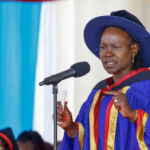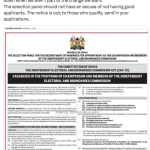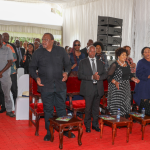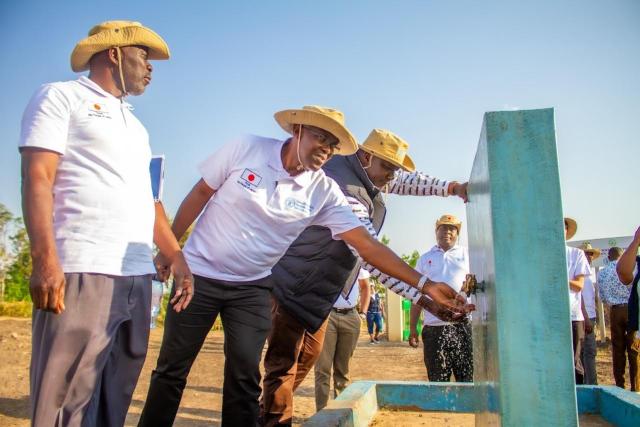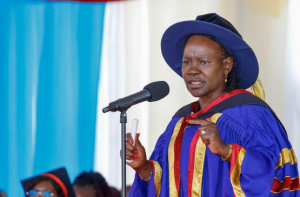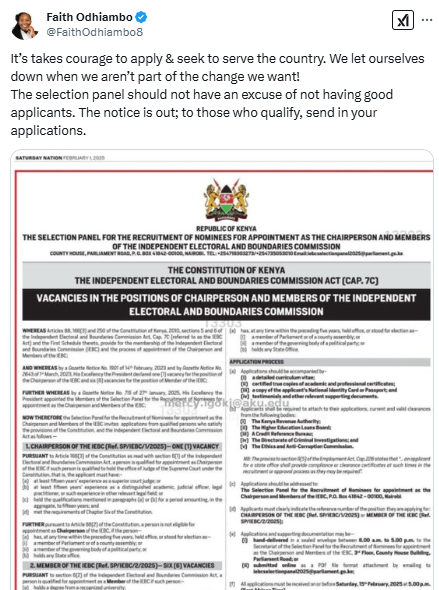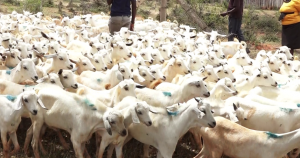A new project, launched by the Food and Agriculture Organization of the United Nations (FAO) and the Government of Japan is poised to benefit vulnerable communities in Kenya and Rwanda through the rehabilitation of community water management structures to protect and support livelihoods and productive capacities.
The Eastern Africa region is currently experiencing unprecedented levels of food insecurity, estimating that about 41 million people are highly food insecure and in need of urgent action.
Key drivers of food insecurity include climate extremes (including a historic six-season drought across the Horn of Africa and severe flooding), conflict and insecurity, and economic challenges, including currency depreciation, and high food prices.
According to the IGAD Climate Prediction and Applications Centre (ICPAC), the region has been experiencing above-average rainfall during May – July 2024 season.
While this is a welcome prospect for food security after the prolonged drought that gripped the region until early 2023 rendered the soil less absorbent and impeded the percolation of rainwater into the ground, there is an elevated risk of flooding and landslides.
In Kenya, the project focuses on Migori County on the construction of community water reservoirs (water pans) to store excess water which would otherwise cause flooding and destroy road infrastructure, farms and settlements in the lowlands.
These large community water pans will hold 70,000 m3 of the storm runoff and support about 500 households (i.e. 2,500 people) to irrigate over 40 hectares (100 acres) of land, that will be planted with nutritious crops and certified hybrid rice seeds.
The project will also empower youth and women entrepreneurs for income generation through grain threshers that will be used in rice and cereals at a fee. 5 groups will be formed across the rice growing areas with each group having 10 members, supporting 50 households equivalent to 250 people.
In Rwanda, the project is targeting 5,775 households (i.e. 28,875 people), in Rutsiro and Burera Districts, with the rehabilitation of flood control canals, retention ponds and culverts. Awareness campaigns and training sessions will be held to inform communities on water-related disaster risks, preparedness, and responses.
Addressing the workshop participants, Mr Tetsuto Inagaki from the Mission of Japan to the African Union noted that the newly launched project comes at a critical time when the East Africa region is experiencing unprecedentedly high levels of food insecurity, with an estimated 41 million people highly food insecure, as a result of climate extremes, the historic six-season drought and severe flooding, among others.
“Through this project, in partnership with the FAO, I am confident that the vulnerable communities of Kenya and Rwanda will overcome the challenges to alleviate food insecurity. Japan is not only willing to make its efforts to promote the development of Africa but is also very keen to learn from Africa”, added Inagaki.
The Migori County Executive Committee Member for Agriculture, Livestock, Veterinary services, Fisheries & Blue Economy Lucas Mosenda , on behalf of the Governor Ochilo Ayacko voiced his appreciation for the project which aligns with the County’s vision and initiatives.
He pledged the Government’s support and commitment to improved water access for the communities in lower parts of Migori County affected by the climatic shocks.
In a statement delivered at the launch, Farayi Zimudzi, FAO Subregional Coordinator for Eastern Africa ad interim, remarked that the Subregion is experiencing above-average rains, which resulted in heavy rainfall episodes of flooding, and landslides, resulting in the loss of lives and livestock, the displacement of hundreds of thousands of people, and the destruction of farmlands and critical infrastructure. These floods, coupled with the long-standing drought in the region, have further aggravated the food insecurity situation.
Zimudzi stressed, “This project is timely to support the livelihoods of vulnerable communities in the two countries and serve as proof of concept that disastrous floods may be turned into productive use by rehabilitating water infrastructures to mitigate immediate impacts while addressing some of the root causes of these repeated shocks in Kenya and Rwanda.”



